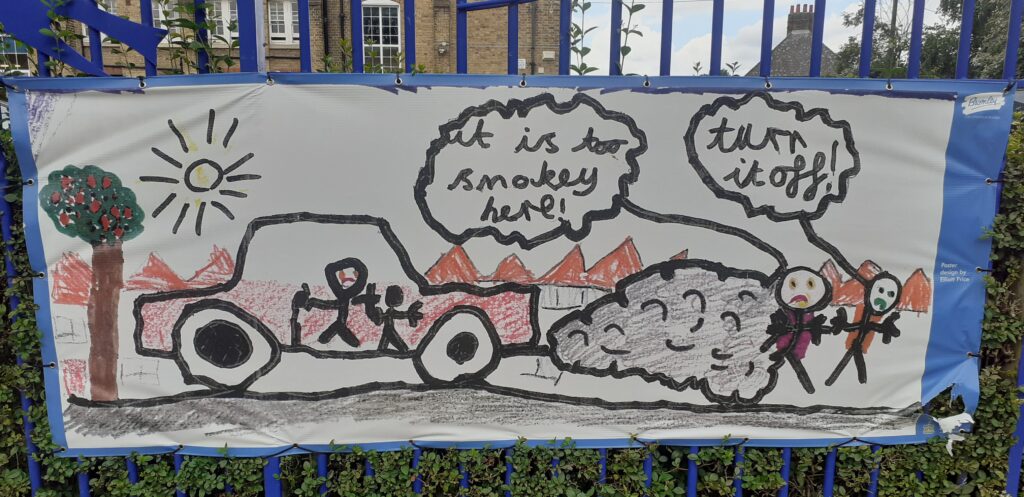
Bromley Council has removed planters enabling social distancing on Beckenham High Street and near Bromley South, reinstating a small number of parking spaces. Please write to your elected representatives today to let them know why this is a bad idea, and submit questions to the Portfolio Holder at the next Environment committee meeting (info on how to do this can be found here). The website WriteToThem will give you contact details for your MP, Councillors, and GLA representatives.
Why is it a bad idea to remove the planters now?
- Social distancing. The planters were introduced to enable social distancing – we shouldn’t make it harder for people on the High Streets to social distance, especially given that just a week ago a senior Government scientist and SAGE member warned that the UK is about to enter “an extended peak” of infections and hospitalisations.
- Pedestrian Pound. Local businesses have had a hard couple of years, and evidence suggests that making it easier for people to access shops on foot is one of the best ways to increase footfall (a common measure of business performance) – it has been estimated that walking and other non-motorised transport projects typically increase retail sales by 30% (see page 23 of Living Streets’ Pedestrian Pound report, 2018).
- Climate Change, Air Quality and Congestion. We desperately need to support people to make more short, local journeys on foot rather in the car, to reduce our carbon footprint, to clean up our air and to reduce traffic on our roads. Current trends indicate massive increase in vehicle miles in Bromley borough, the annual traffic by motor vehicles has increased from 800 million to a billion between 2009 and 2019. As we have noted before, this means that unless we support people to get out of their cars and travel on foot or bicycle where possible, the future of Bromley’s roads is traffic jams, and congestion is bad news for anyone travelling by road.


